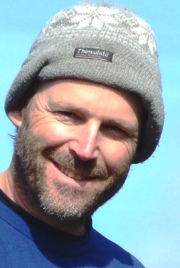Please join us on January 19-20, 2022 to learn about current events, initiatives and opportunities to contribute to the work of the IUCN in Canada. Please share this with colleagues and friends. We look forward to the dialogue together. CCIUCN members and non-members are welcome!
Jan 19th (8.30-12.00 Pacific, 12.30-16.00 ET)
Day 1 – Plenary ADM Panel – Collective Impact (PCA, DFO, NCC, CWF)
How national scale organizations are working together to make a difference for nature
AGM (As per 2021 rapid fire format)
Work Plan priority panels (30mins plus 15 min questions)
Indigenous Conservation – Session lead Eli Ennes
Career Pathways – SFI, Eco Canada
Marine Conservation IMPAC 5 – Session lead Sabine Jessen
Jan 20th (8.30-12.00 Pacific, 12.30-16.00 ET)
Day 2 – Plenary IUCN Leaders Panel – Road to 2024 (NA Director, NA Counselor, Global Group)
How the different parts of IUCN are working together to advance nature conservation
Commission priority sessions (30mins plus 15 min questions)
SSC – SSCstrategic plan and national opportunities , Session Lead Axel Moehrenschlager
WCPA – 30×30 Session lead Stephen Woodley
CEM – Nature Based Solution – Session lead Liette Vasseur




 Dan Kraus is Nature Conservancy of Canada’s National conservation biologist. He is a member of the Species Survival Commission and Connectivity Conservation Specialist Group. He co-authored
Dan Kraus is Nature Conservancy of Canada’s National conservation biologist. He is a member of the Species Survival Commission and Connectivity Conservation Specialist Group. He co-authored 






